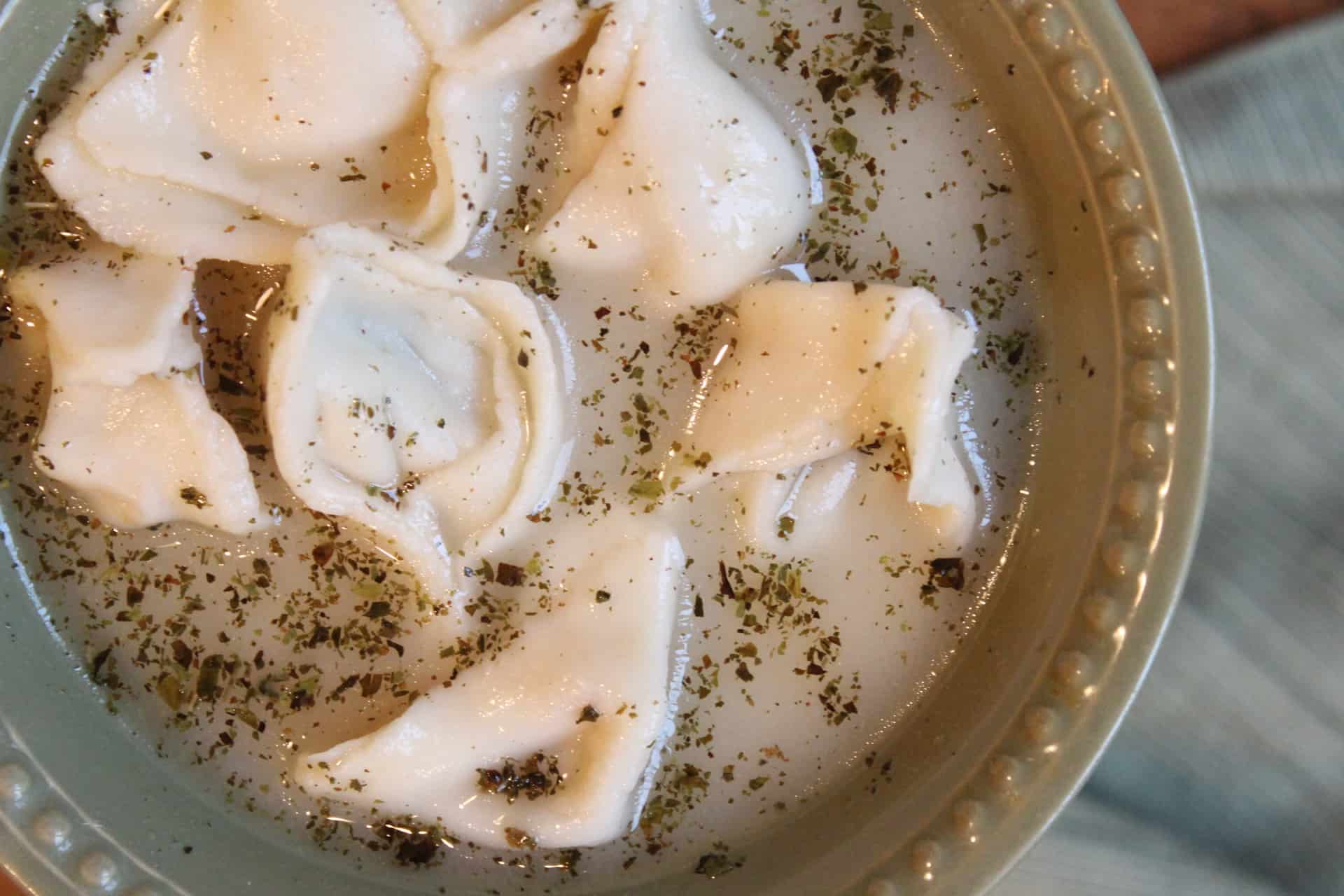On the Menu
- Maniabour (Lamb Pasta and Yogurt Soup)
- Shehrehi Yeghintz (Rice with Vemicelli)
- Tahinov Hatz (Tahini Cookies)
- Dartchinov Tey (Cinnamon Tea)
Fun Facts about Armenia
“It has been said that their distinguishing characteristic is grit, to which they owe their continued existence as a people.”
— Cultures of the world: Armenia
RELIGIOUS HISTORY:
- As the story goes, there was once a flood. Noah, a believer in God, built an ark and brought two of every animal onto the ark with him. The rains came and washed away the earth and every living being on it– all those except the creatures on the ark with Noah. After 40 days of rain, the ark that had been riding on the waves of God’s fury came to a halt. The waters began to die down. When they did, Noah found that he was atop a mountain called Mount Aratat, the tallest mountain in a land now called Armenia. Noah and his animals disembarked from the ark on this mountain, and went on to repopulate the planet. It is from this land of Armenia that all life on earth was reborn.
- Armenia is the oldest Christian State
POLITICAL HISTORY
- The second largest genocide in human history is the Armenian genocide from 1915 to (debatably)1917. In this time, nearly 1.5 million Armenians died at the hands of the Ottoman Empire. This tragedy, however, is highly disputed. Only 26 nations officially recognize that the Armenian genocide occurred (and the United States of America is not one of them).
- During this period, most Armenians fled the country for a safer life. Now, only about ⅓ of all Armenians live in Armenia. The rest spread across the world make up the Armenian Diaspora or communities of Armenians living outside of Armenia.
EVERYDAY LIFE
- Chess is a national pastime in Armenia. It is so popular that it is almost considered a sport, and every child is required to take chess as a class in school.
- 99.7% of Armenians are literate (compared to about 86% of Americans)
- Immigration to Armenia is fairly nonexistent, and about 98.1% of all inhabitants of the country are Armenian.
Influence on Armenia
Armenia has a long and complicated history. It has been passed from hand to hand throughout time, including invasions by Assyrians, Persians, Alexander the Great, the Romans, and the Ottoman Empire. Once a member of the Soviet Union, Armenia has been an autonomous country since the Soviet collapse in 1991.
Of course, this dynamic and lively history has impacted the food culture of the country. In the 13th century, the Mongols came to Armenia and brought with them noodles. Mante, or tortellini-type noodles often found in soup, come from Russian influence.
Flavors of Armenia
Chickpeas, yogurt, sumac (berries of a sumac tree ground into powder), and rice/noodles are common ingredients in Armenian cooking. Due to the harsh temperatures of the country, Armenians are able to make the most of the ingredients available to them at any given time. Most dishes have a simple taste without many spices.
A popular national dish is khash, a celebratory meal eaten when a child is born. Cow shanks, ankles, and heads simmer in water for up to eight hours until the meat tenderizes and almost falls off the bone. Mineral water, greens, radishes, yellow chili peppers, and lavash then accompany the dish onto the table for a large family feast.
Food Culture and Dining Styles of Armenia
The religious culture of the country calls for periods of fasting and abstinence from animal products. In these times, Armenians substitute with grains and beans.
During mealtimes, all dishes are placed on the table at once. Meals begin with soup if the weather is cold, and then follow with a main dish of meat/fish and sides of salad, rice, pickles, and, occasionally, pasta. Meals end with fresh fruit and coffee!








